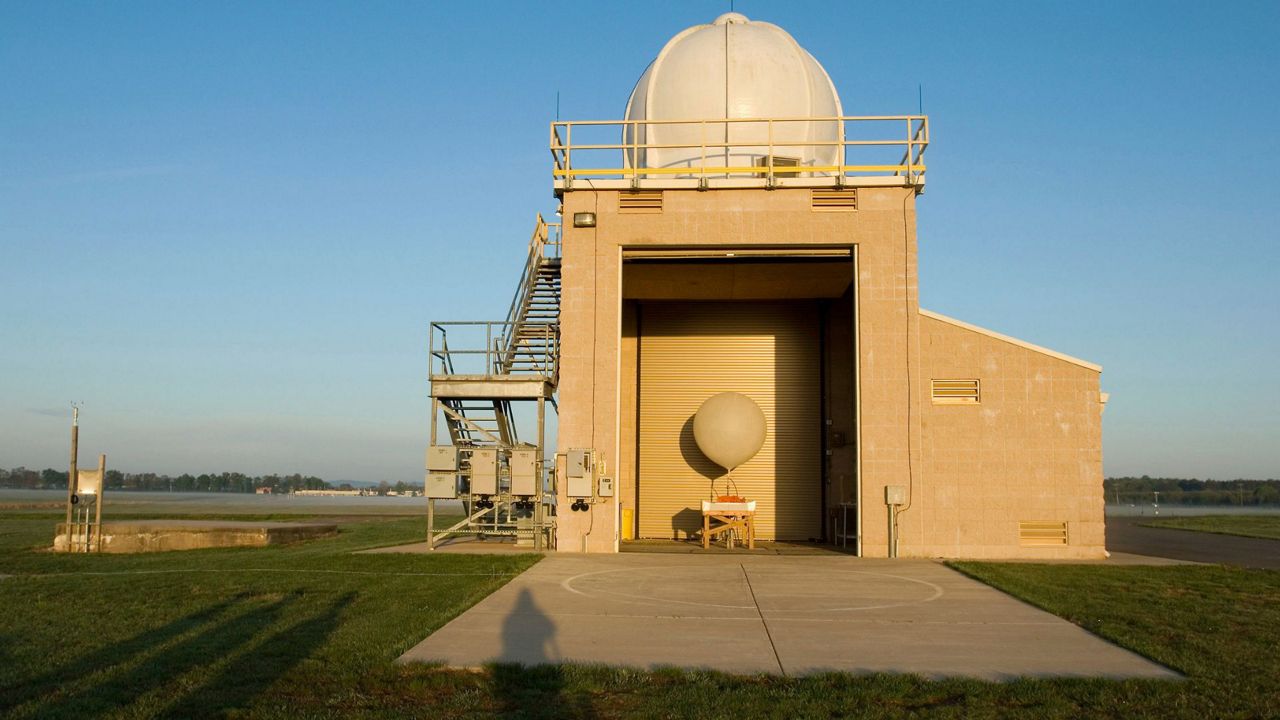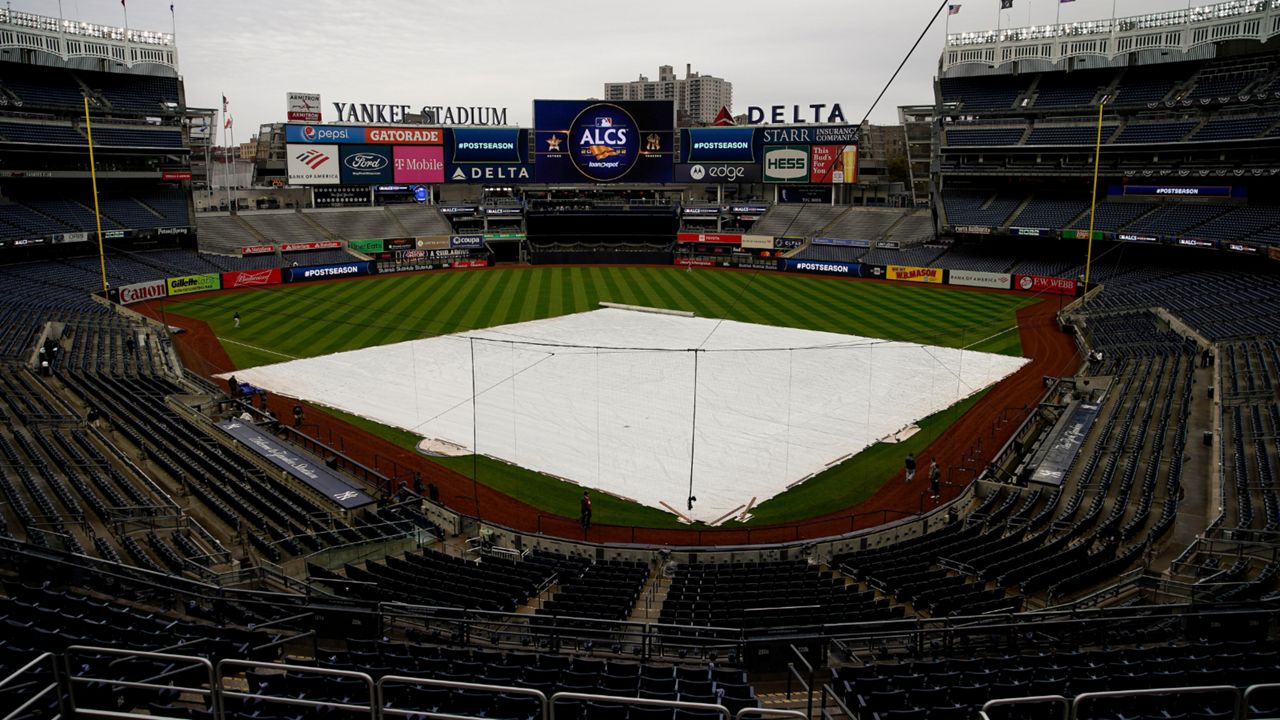Not only do we have two full moons in August, but we also have the Perseid meteor shower to give us good reason to gaze up in the sky.
The Perseids are active every year from mid-July to late August when the Earth passes through the debris left behind by the comet Swift-Tuttle.
The meteor shower peaks around Aug. 13, and it looks like this will be a good year to view them as the moon will only be illuminated 10%. Last year, the Perseids were affected by the full moon illuminating the sky and washing out fainter meteors.
During the peak, you can observe dozens, possibly 100, meteors per hour under dark and clear skies, making it an awesome stargazing event.
A typical Perseid meteoroid (that’s what they're called while in space) is traveling at 133,200 mph when it hits Earth's atmosphere. At that point, it is called a meteor.
Friction with the atmosphere heats things up, reaching temperatures of more than 3,000 degrees, heating and compressing the air that’s in front of it, creating the streak of light you see. Most of the fragments are visible when they are about 60 miles above the ground.
If one hits the ground, a rare event, it's called a meteorite.
Viewing takes no special equipment, only an area with minimal light pollution and some patience on your part.
Find a dark location and give your eyes 20-30 minutes to adjust to the darkness.
The Perseid shower appears to radiate from the Perseus constellation in the northeast sky. It's not the easiest constellation to find, but it’s near Cassiopeia, which is an easier find. The best time to view is after midnight and before the first light of day.
Let’s hope for good weather and clear skies during the wee hours of Aug. 13 to see one of nature's more spectacular events.
Our team of meteorologists dives deep into the science of weather and breaks down timely weather data and information. To view more weather and climate stories, check out our weather blogs section.




